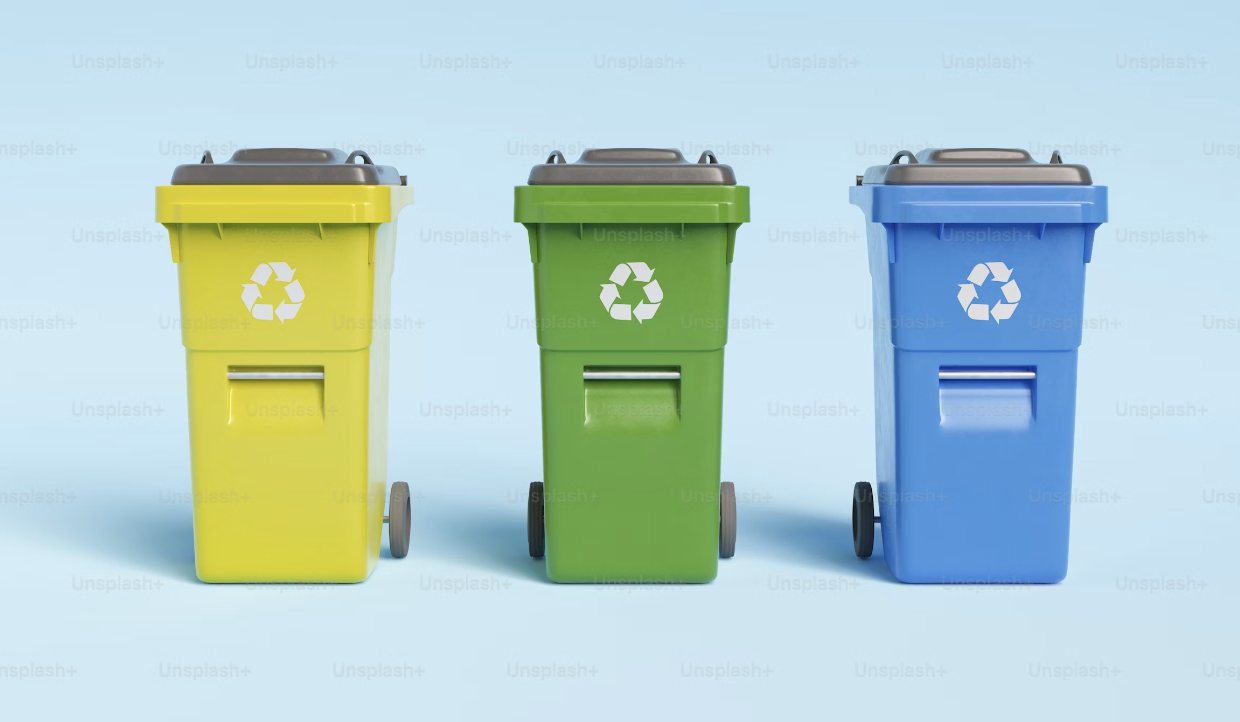Recycling Content

Instead of coming up with new ideas for content, have you considered recycling your existing assets?
Recycling, and repurposing content can be one of the most cost effective to come up with new content without actually having to come up with new content.
Sounds easy?
Recycling content also helps reinforce a certain message, as research shows it takes 5-12 times a person hears something before a message registers subconsciously.
Why Recycle & Reuse Content
The biggest two reasons for repurposing content are to save time and to save money.
When you’re always having to spend time to brainstorm, research and finally produce new forms of content, it’s a time-consuming and tedious process that many teams don’t have the free time to be able to do it.
Also, when you’re experiencing writer’s block, or out of fresh new ideas – you simply reuse existing assets.
Reusable assets also train you to be resourceful and to live within your budget. Older posts also may have a proven record of success. Thus, you want to repeat the success and so recycle old content.
In the case of posts that did not do so well, there are certain reasons why a post may not have succeeded.
So, you want to find out the reason, and fix the reason so that this time there’s a higher chance that a post is better used/off.
What is Recycling Content
Reusing content is very simple. You just find a content that you’ve used in the past. And repost the content. Either on the same platform, or spreading it through another.
It could be a copy pasted content that you’re reusing or it could be modified, adding a small twist to make things slightly different than the original.
How to Recycle Content
First is to make a list of reusable and unresuable assets that you have. For example, posts that you’ve created in one place can be posts that can be transferred over as content to another platform.
Also, there are probably some incomplete projects or post ideas that you’ve put in the dumpster. Don’t be so quick to discard old ideas though, old ideas can be revived and refined to be even better.
A question you may be asking is do I have to schedule this in my content calendar, and if yes, what’s ratio of posts that need to be repurposed, can it be 100% posts.
Although I do recommend companies to reuse older posts, I do not recommend companies to ONLY recycle old post and do not produce any new original content.
You want to have a balance of recycled posts, and new, fresh and up to date content. I cannot give you an exact ratio because it is dependent on your industry, but I would suggest a 80/20 ratio.
80% of your posts should be up-to-date fresh off the boat content. While 20% of your posts should be recycled, older posts.
Steps in reusing content
Step (1) Find a content that you want to repurpose
Step (2) Add that piece of content to your content calendar
Step (3) Publish that said content
Bam. You’ve just saved time and money. This is reusing content.
Applying Recycling Content
So how do you apply this? Well it’s very simple really, make a post about something that you’ve talked about in the past 3-4 years ago.
Bring it up again, as long as you’re not constantly talking about new stuff this is fine. You’re strategically bringing up the past here.
Keeping a balance of new, freshly generated content while reusing old content ideas can play a key part in digital marketing strategy.
Repurposing bad ideas can turn into a good idea. I did make a post in the past on my Instagram about “coffee”, it was one of the worst posts I have made to date, but I thought fuck it let’s post and try and see what happens.
Instead, I repurposed the idea, of one post talking about coffee into a carousel post talking about what’s it like to simplify things, just like coffee.
Okay just an example of a future post that’s built on that is to talk about how Starbucks does its marketing. But do you see, I’m trying to build ideas upon an idea.
I would like to briefly go over a process that’s taught to me by one of my mentors called idea iteration. It’s about taking a bad idea and making it good.
First it’s to write down the idea say: “10 ways to lose weight”, ask the question how can we make this better. “10 ways to lose weight for dummies”, how can we make it better? “10 ways to lose weight in less than 90 days for dummies”, how can we make it better? “Lose weight in 90 days or less. Easy step-by-step guide.”
Do you see the idea iteration that’s going on here. We took a generic idea: “10 ways to lose weight” and turned it to something that’s very specific.
You can always run this brainstorming process with other people. Brainstorming is an underrated process many people should be using more for idea generation.
Recycling ideas is simply about taking existing ideas and making them better.
Iteration is not a one-day thing, rather, it will take some time to be able to accomplish.
Conclusion
Reusing content can be a cost effective way to save time and money in creating content. It should be evaluated as a part of your content strategy onto if reusing content for this month’s content calendar is something worth looking into or not.
Although it should be used for EVERY single content. Reusing content is in general good practice to learn the skill of resource management, and learning to work within the confines of the resources you’ve been given.
Reusing content is overall a good practice to have, which is to create content that can attract customers without actually creating new content. Always a good bang for your buck!
Never try to go out without going out on a bang.



0 Comments